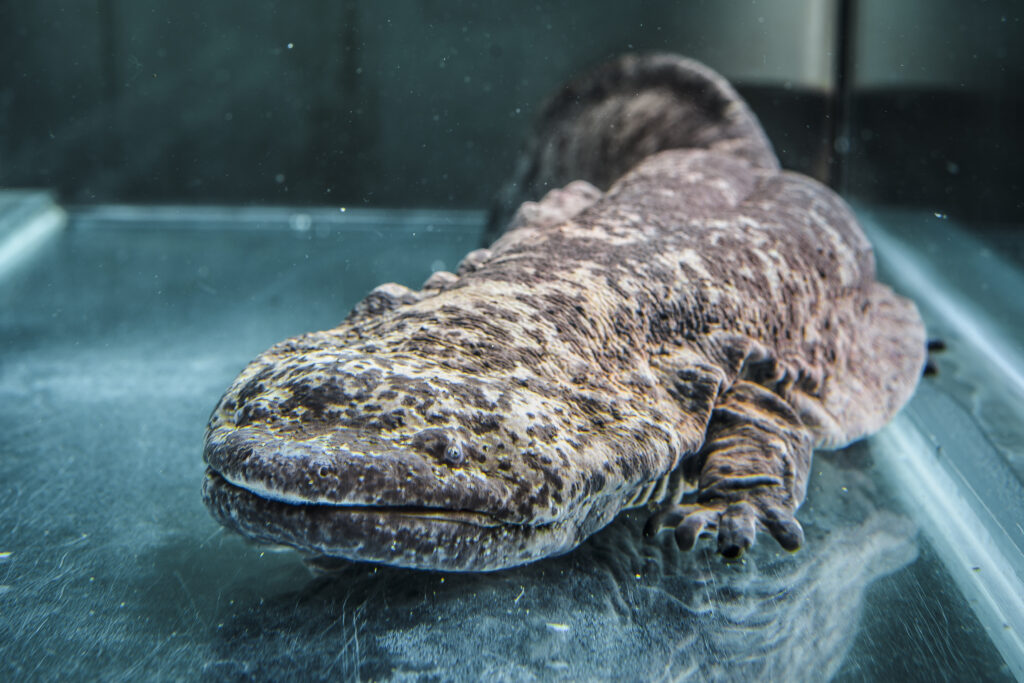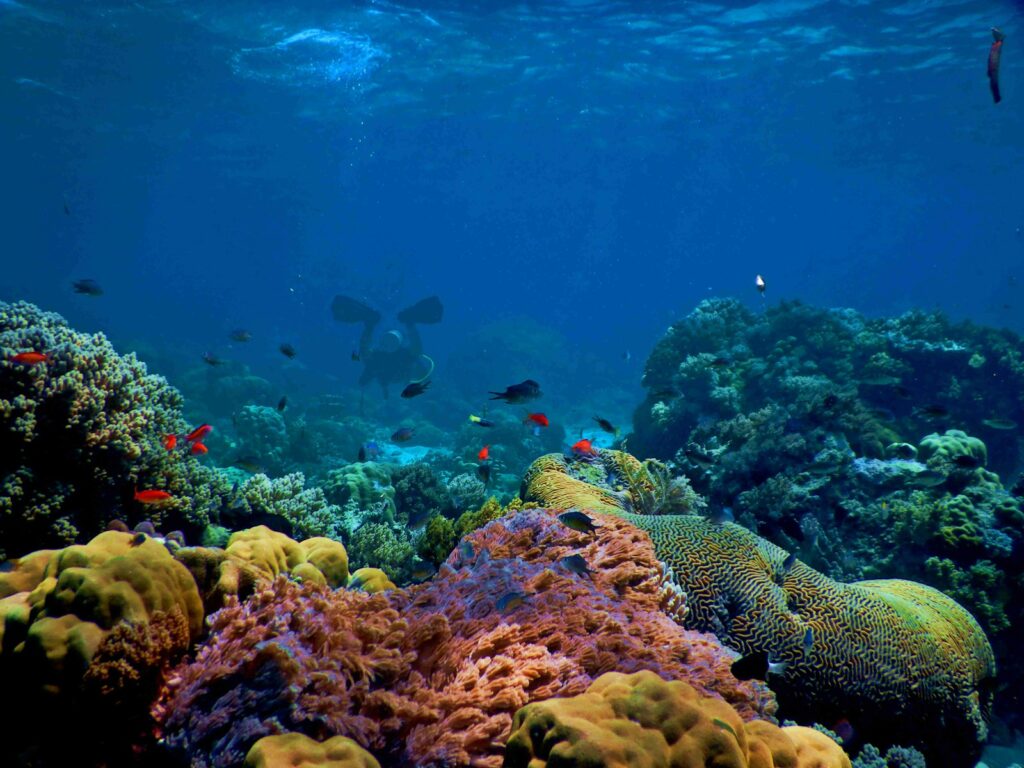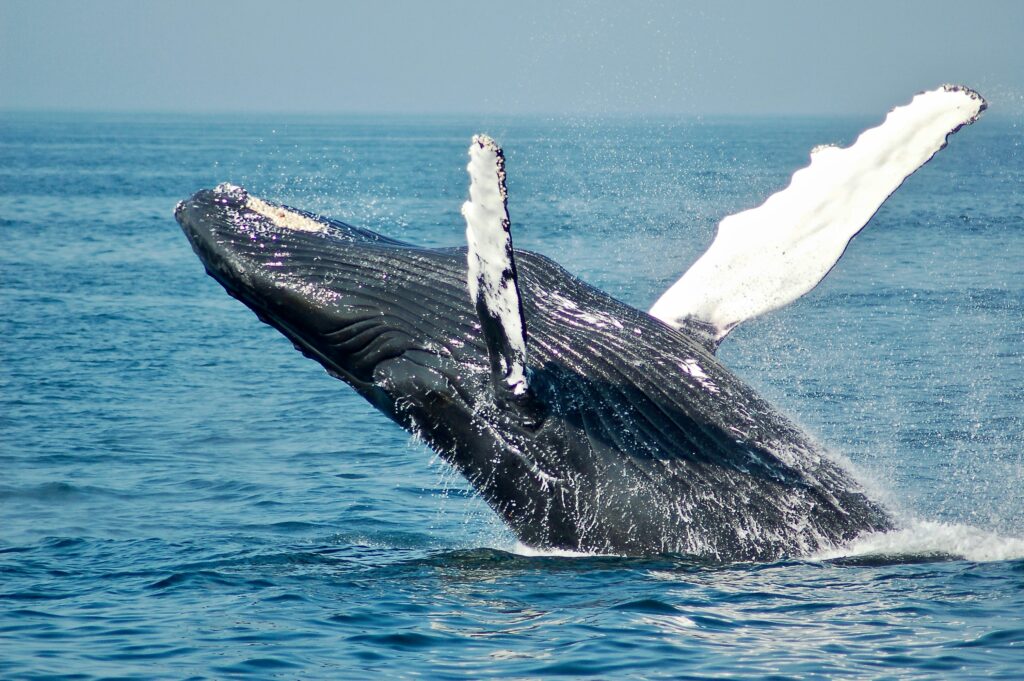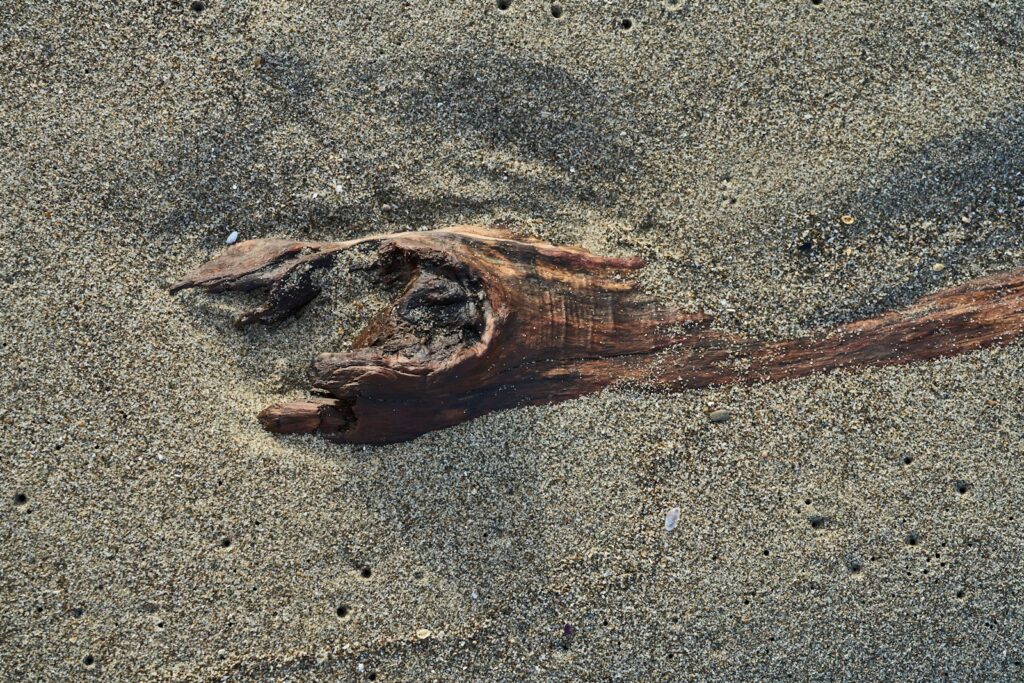Fossils of Fish Crabs and Sea Creatures Found With Dinosaurs
When we think of prehistoric life, towering dinosaurs often dominate our imagination. However, beneath the ancient waves swam a diverse ecosystem of marine creatures living alongside their terrestrial counterparts. Remarkably, many fossils of fish, crustaceans, and other sea creatures have been discovered in the same geological formations as dinosaur remains. These marine fossils provide a ...













